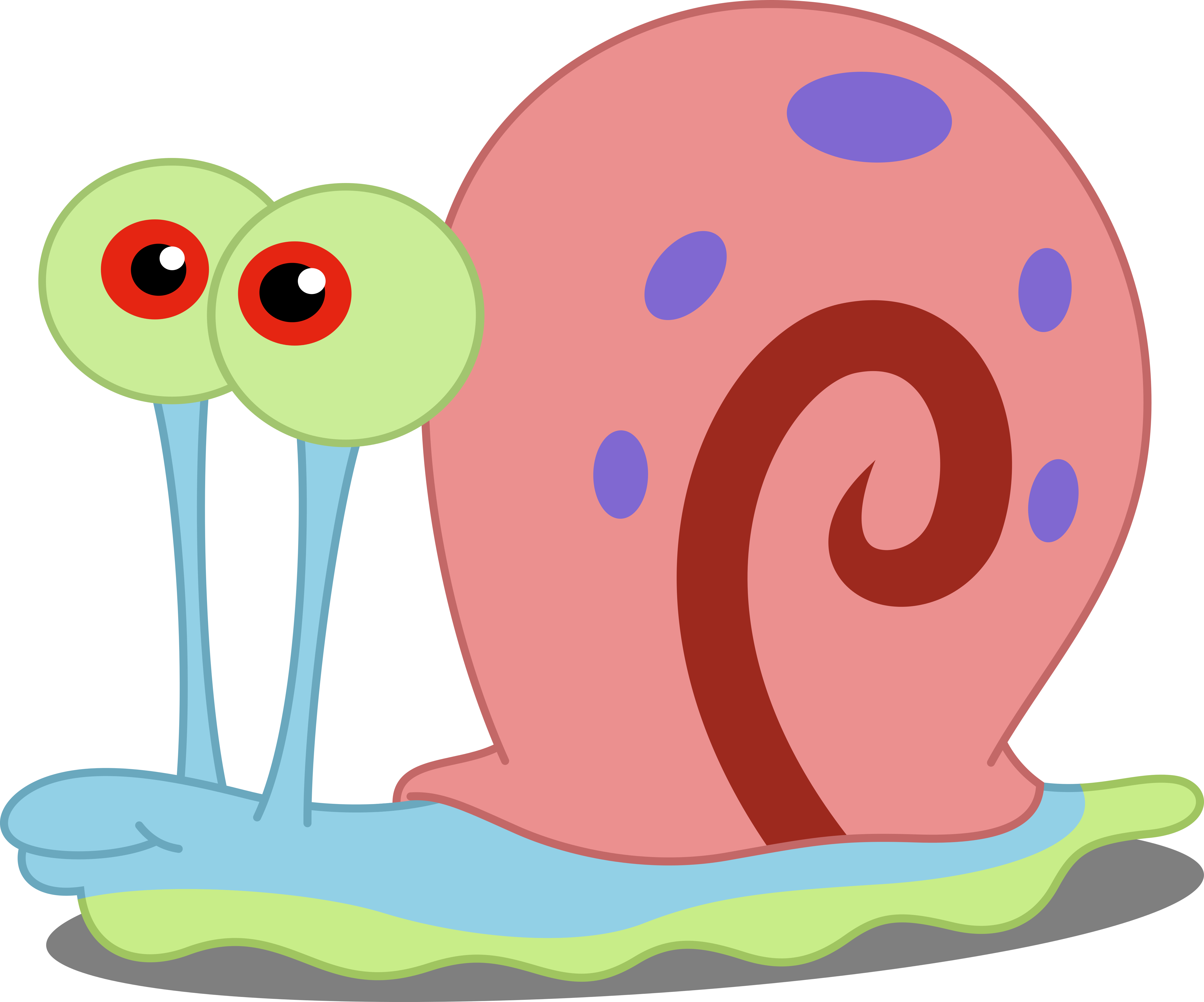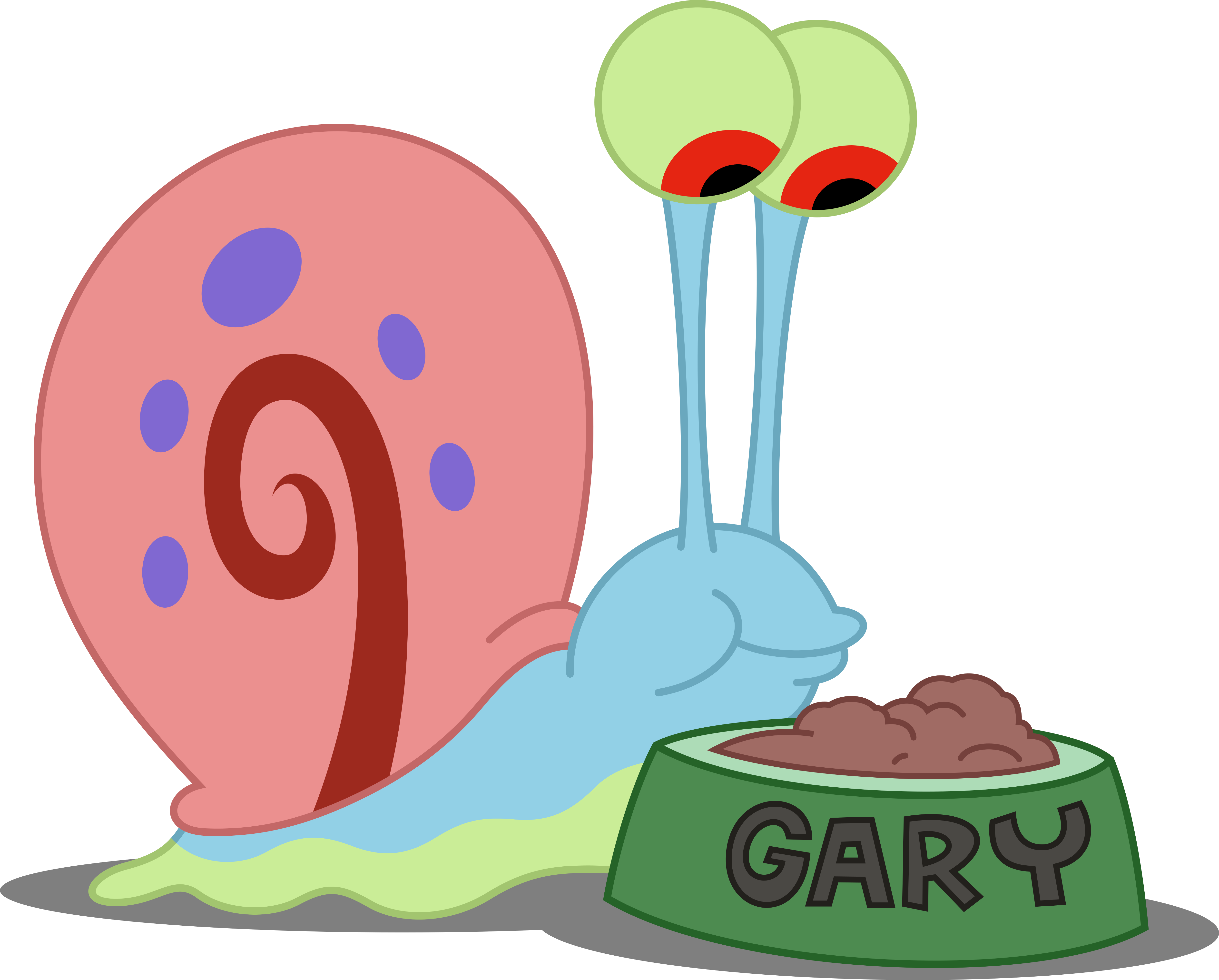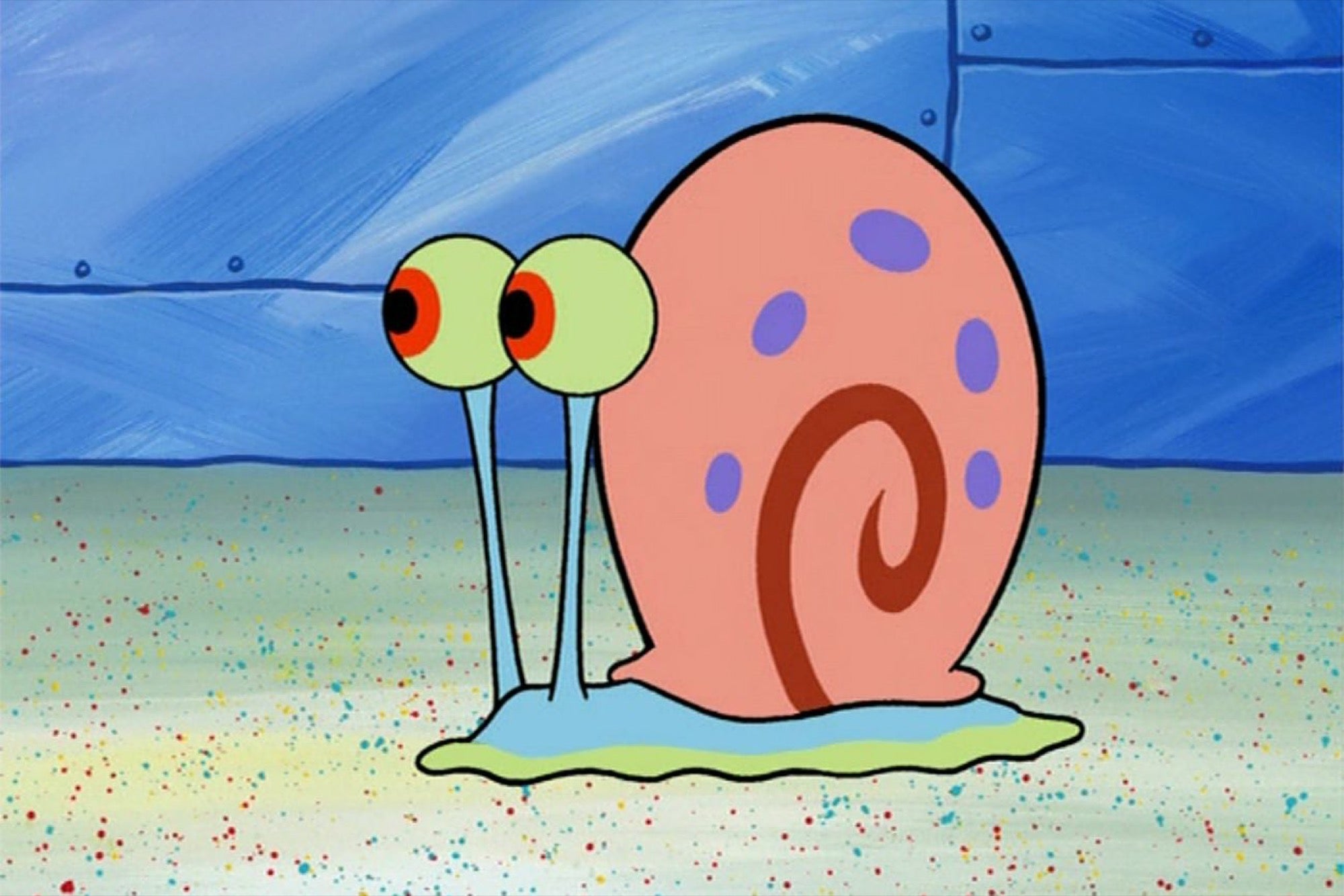Gary Oldman Bram Stoker's Dracula: Why His Portrayal Still Haunts Us Today
When you think about iconic horror movie figures, so many come to mind, but very few have had their essence captured quite like Count Dracula in Francis Ford Coppola's 1992 film. That, is that, Gary Oldman Bram Stoker's Dracula is more than just a performance; it's a deep, raw exploration of a character often reduced to simple villainy. This movie, you know, truly brought the ancient vampire to vivid, pulsing life, making him feel both monstrous and incredibly sad.
Audiences often wonder what makes an actor's portrayal stick with them, sometimes for decades. For Gary Oldman, his work as Dracula manages to be both terrifying and, in a way, deeply sympathetic. He brought a kind of grand tragedy to the role, showing us a being burdened by centuries of longing and loss, which is pretty compelling, honestly.
This article will look closely at what made Oldman's Dracula so unforgettable. We will see how he built this character, what elements of the film helped him shine, and why, even now, his performance still holds such a strong grip on our imaginations. It’s a study, you know, in how a great actor can transform a familiar story into something utterly new.
Table of Contents
- Gary Oldman: The Actor Behind the Count
- The Heart of the Darkness: Gary Oldman's Dracula Performance
- Bram Stoker's Dracula: A Visual Feast and Acting Showcase
- The Lasting Legacy of a Haunting Portrayal
- People Also Ask About Gary Oldman's Dracula
Gary Oldman: The Actor Behind the Count
Gary Oldman is, you know, an actor celebrated for his incredible ability to transform. He has a history of disappearing into roles, becoming someone entirely different with each new part he takes on. This talent, it’s almost like a superpower, has made him one of the most respected performers around, and pretty much, a true chameleon of the screen.
His early career showed a clear leaning towards intense, often edgy characters, whether it was Sid Vicious in "Sid and Nancy" or Lee Harvey Oswald in "JFK." These parts, you know, required a certain kind of raw energy and a willingness to explore the darker corners of human experience. He really puts his whole self into it, you see.
When it came to taking on Dracula, Oldman brought all that experience, that willingness to go deep, to the role. He wasn't just playing a vampire; he was, in some respects, portraying a creature of immense pain and ancient desires. This background, you know, made him a truly unique choice for the part, and frankly, a brilliant one.
Personal Details and Bio Data
| Full Name | Gary Leonard Oldman |
| Date of Birth | March 21, 1958 |
| Birthplace | New Cross, London, England |
| Notable Roles (Pre-Dracula) | Sid Vicious ("Sid and Nancy"), Joe Orton ("Prick Up Your Ears"), Lee Harvey Oswald ("JFK") |
| Acting Style | Known for intense character work, transformative portrayals, and powerful emotional depth. |
| Awards (Later Career) | Academy Award for Best Actor (for "Darkest Hour"), Golden Globe, BAFTA |
The Heart of the Darkness: Gary Oldman's Dracula Performance
The moment Gary Oldman appears as the ancient Vlad the Impaler in Bram Stoker's Dracula, you pretty much know you're in for something different. He doesn't just walk onto the screen; he kind of embodies centuries of sorrow and fury. His transformation, from the aged, grotesque count to the youthful, alluring prince, is really quite something to witness.
Oldman’s approach to the character was, you know, deeply physical. He used his body to show Dracula's age and his power, often moving with a strange, almost unnatural grace. The way he held himself, the gestures he made, all contributed to making this creature feel truly otherworldly. It was, honestly, a masterclass in using movement to tell a story.
His voice, too, played a huge part in creating the character. When he spoke as the old Count, his voice was raspy, ancient, full of the dust of ages. Then, as the younger, more charming Dracula, it became smooth and seductive, yet still carried a hint of that deep, sorrowful past. This contrast, you know, really made the character feel more complete, more real.
One of the most striking things about Oldman’s portrayal is how he brought out Dracula's pain. This wasn't just a monster who preyed on people; he was, in some respects, a broken man, cursed by his rejection of God after the death of his beloved Elisabeta. You could really feel his heartbreak, his desperate search for lost love, and that, arguably, made him more terrifying because he was so human in his suffering.
He showed us a Dracula who was both incredibly powerful and incredibly vulnerable. There are moments where he is absolutely chilling, full of a primal hunger, and then other times where he seems almost fragile, burdened by his eternal existence. This duality, you know, is what makes the performance so captivating; you never quite know what side of him you'll see next.
The choices Oldman made, from his piercing gaze to the subtle shifts in his demeanor, created a character that was, you know, truly a complex individual. He didn't just play a role; he seemed to become the very lifeblood of the film, pouring so much into every scene. It's a performance that tends to stick with you long after the credits roll, honestly.
He made Dracula a figure of immense tragedy, a man who lost everything and then became something else entirely because of that loss. This isn't just about fangs and blood; it's about eternal damnation and the desperate hope for redemption. It’s, you know, a very human story wrapped in a monstrous package, and Oldman delivered it perfectly.
Bram Stoker's Dracula: A Visual Feast and Acting Showcase
Francis Ford Coppola's vision for "Bram Stoker's Dracula" was, you know, truly ambitious. He wanted to make a film that was faithful to the original novel's spirit, leaning heavily into practical effects, lavish costumes, and grand, theatrical sets. This approach, you know, gave Gary Oldman a truly rich canvas on which to paint his character.
The film's visual style, with its deep reds, shadowy castles, and elaborate period details, really helped to set the mood. Every frame felt like a painting, drawing you into this gothic world. This atmosphere, you know, enhanced Oldman's performance, making his Dracula feel even more ancient and powerful within his surroundings.
Coppola’s choice to use mostly in-camera effects, rather than relying on computer-generated imagery, gave the film a timeless quality. The shadows, the illusions, the transformations – they all feel organic and tangible. This, you know, allowed Oldman's physical acting to shine through, making his changes seem more real and unsettling.
The costumes, designed by Eiko Ishioka, were also a huge part of Dracula's character. From the elaborate red armor of Vlad the Impaler to the striking blue suit he wears in London, each outfit told a story about his past and his current state. Oldman, you know, used these costumes as part of his performance, moving differently in each one, almost becoming a new person with every change of clothes.
The film itself was met with a lot of discussion when it first came out, but many critics and audiences praised its unique visual style and the strong performances, especially Oldman's. It was seen, you know, as a bold retelling of a classic story, bringing a new kind of intensity and artistry to the vampire genre.
This movie, you know, gave Oldman the space to truly experiment with his character. He wasn't constrained by modern special effects; instead, he worked within the film's handcrafted aesthetic, making his portrayal feel truly timeless. It’s a good example, honestly, of how a director's vision and an actor's talent can come together to create something truly memorable.
The film’s overall impact, you know, really comes down to this combination of stunning visuals and a central performance that just grabs you. It's not just a horror movie; it's a tragic love story, a historical epic, and a showcase for incredible acting. That, is that, it continues to be a favorite for many film lovers, even after all these years.
The Lasting Legacy of a Haunting Portrayal
Even now, in 2024, Gary Oldman’s portrayal of Dracula continues to resonate with audiences and influence how we think about vampires in cinema. His performance, you know, set a very high standard for anyone attempting to play the iconic count. He truly made the character his own, leaving a mark that's hard to forget.
What makes his Dracula so enduring? Well, you know, it’s his ability to show both the monster and the man. He wasn't just a creature of the night; he was a soul in torment, longing for a connection he lost centuries ago. This depth, you know, made him relatable, even as he committed terrible acts, and that's pretty powerful, honestly.
Future vampire portrayals, you know, often borrow elements from Oldman's work, whether it's the sense of ancient weariness, the underlying sadness, or the sheer, magnetic presence. He showed that Dracula could be more than just a bloodthirsty villain; he could be a tragic figure, a lover, and a symbol of undying despair. That, is that, it really changed the game for vampire movies.
His performance is often cited as one of the best in horror history, and it's easy to see why. He committed fully to the role, embracing every aspect of the character, from the grotesque old man to the dashing young prince. This dedication, you know, shines through in every scene, making his Dracula feel incredibly authentic.
The film itself, thanks in large part to Oldman, holds a special place in gothic cinema. It’s a movie that, you know, truly captures the romantic and terrifying essence of Bram Stoker's novel, and Oldman is at the very heart of that success. He brought a kind of gravitas and emotional weight that elevated the entire picture.
His Dracula, you know, isn't just a scary character; he's a complex being, full of contradictions and ancient sorrows. He represents the peak of character acting, showing what happens when an actor completely loses themselves in a role. It’s a performance that, you know, will likely be studied and admired for many years to come.
So, the next time you think about vampires, or about truly transformative acting, you know, Gary Oldman’s Dracula will probably come to mind. It's a testament to his talent and the enduring power of a story well told. It really is, in a way, one of those performances that just stays with you, always.
People Also Ask About Gary Oldman's Dracula
What was Gary Oldman's approach to playing Dracula?
Gary Oldman, you know, approached Dracula with a deep focus on the character's emotional journey and physical transformation. He wanted to show Dracula as a tragic figure, not just a monster, emphasizing his pain and longing. He used, you know, different voices and body language for the character's various forms, making each feel distinct and real.
How did Gary Oldman transform into Dracula?
Oldman's transformation into Dracula involved extensive makeup, prosthetics, and elaborate costumes. He worked closely with the film's creative team to achieve the distinct looks for the old Count and the younger Prince. He also, you know, physically altered his posture and voice to match each stage of the character's appearance, which is pretty amazing, honestly.
Is Gary Oldman's Dracula considered a good performance?
Yes, you know, Gary Oldman's performance as Dracula is widely considered one of the best and most iconic portrayals of the character in film history. Critics and audiences often praise his intensity, emotional depth, and ability to make the ancient vampire feel both terrifying and deeply sympathetic. It’s, you know, a very powerful piece of acting.
We hope you enjoyed this closer look at Gary Oldman's unforgettable performance. If you're interested in more about classic film portrayals, you know, learn more about iconic movie characters on our site, and you can also find more details on film history here.

Vector #674 - Gary #2 by DashieSparkle on DeviantArt

Vector #672 - Gary by DashieSparkle on DeviantArt

Elon Musk Introduces His Pet Snail 'Gary' at an L.A. Event to Tout His